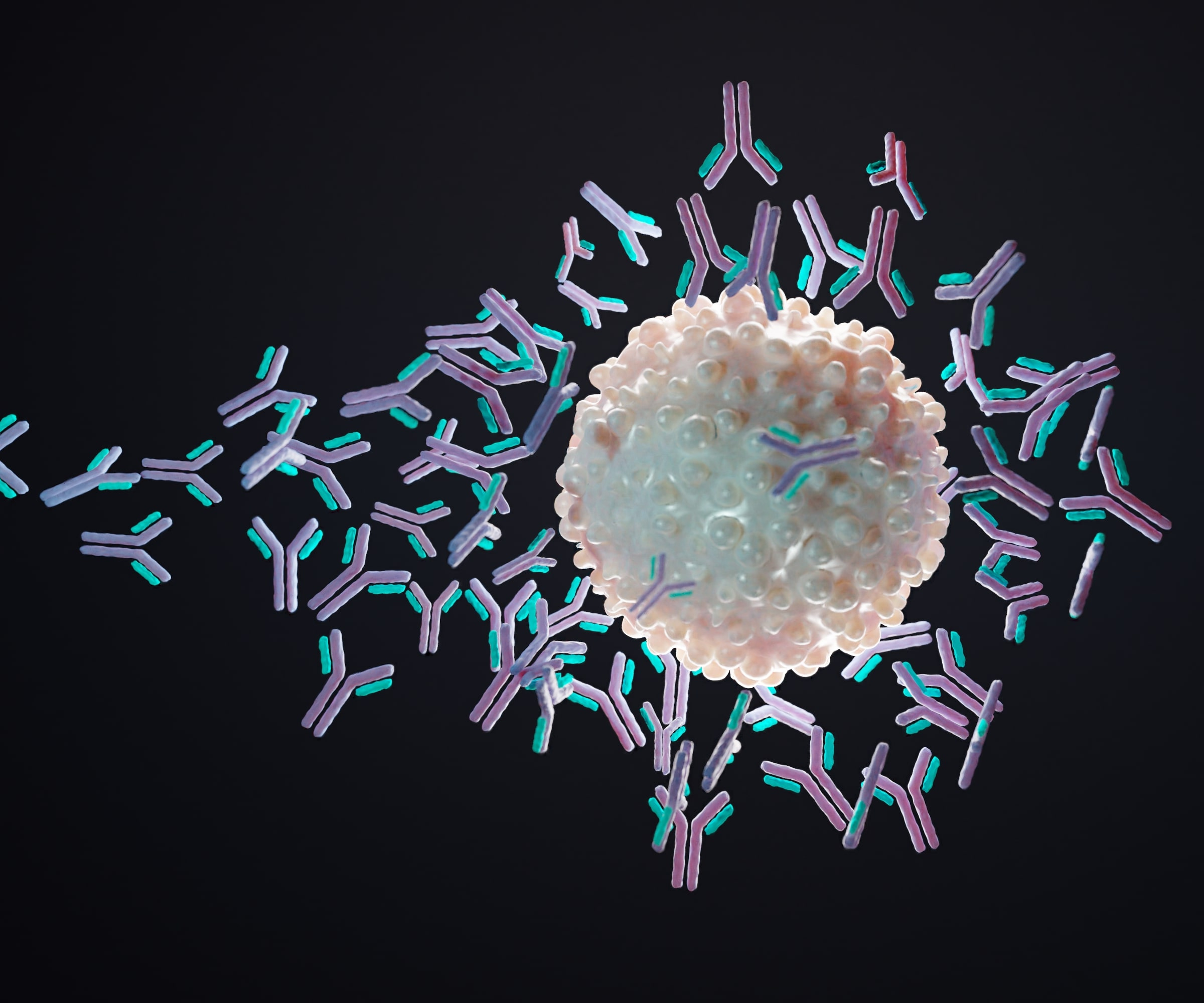Flow Cytometry Assays for Cell Therapy
As we continue our blog series on flow cytometry, we’ll now dive into how this powerful capability supports multiple types of cell therapies. If you missed the first installment on flow cytometry in bioanalysis, you can find it here.
Advances in Large Molecule Drugs
The landscape of large molecule drugs is continually changing as new technologies, and previously unidentified targets, have become available to drug developers. Specifically, there has been a recent shift toward more complex cellular modalities. These therapeutics can be grouped generally under the term “Cell Therapy” but include a diverse collection of cell types and targets.
Considering a Variety of Cell Therapies
A prominent type of therapeutic in this category is Chimeric Antigen Receptor (CAR) expressing cells, which can include T cells (CAR-T), NK cells (CAR-NK), or other unique immune cell subtypes. In addition to CARs, other cell therapy platforms such as tumor-infiltrating lymphocytes (TILs) or cells with engineered T cell receptors (TCR) have been developed that produce therapeutic effects through cell-cell interactions or expression of effector molecules.
For all of these cell therapies, there are unique and important considerations for tracking the therapeutic cells after administration as part of the clinical testing process. As these cells are viable and therefore capable of expanding or contracting at various phases post-administration, it is critical to establish an assay to enumerate the cells in various compartments of the body as part of a specialized pharmacokinetic (PK) profile often termed ‘cellular kinetics.’
Measuring Cellular Kinetics
Cellular kinetics can be measured through several different techniques, but one of the more common platforms is flow cytometry. In particular, flow assays have been successfully implemented across many CAR programs in support of cellular kinetics.
In this application, flow cytometry can provide a direct measure of the intact cell therapy population and can be designed to include additional parameters as part of characterizing the cells. For example, a flow panel that includes markers of effector function as well as antibodies to detect the unique CAR construct can not only identify the number of therapeutic cells in a sample, but can also provide information on the differentiation of these cells over time.
Supporting Immunogenicity Assessments
In addition to PK applications, flow cytometry can be used to support immunogenicity assessments for cell therapies. As with other biologics, the safety and efficacy of cell products can hinge upon the humoral and cellular immune responses toward the therapeutic itself. For evaluating humoral responses to cell therapeutics, flow cytometry is an alternative to more traditional ligand binding assays for measuring anti-drug antibodies that bind the therapeutic itself.
Finding the Right Strategy
The use of one method or the other is often driven by the complexity of the cell therapy product and the availability of specific reagents. For cellular immune responses and/or function, flow cytometry can be used in a variety of experimental designs, including cytotoxicity, proliferation, degranulation, and intracellular cytokine staining (ICS). The strategy behind selection of the immunogenicity assessments and methodologies is driven by the structure and function of the therapeutic itself and can vary greatly between drug programs.
BioAgilytix: Expertise in Flow Cytometry
As an experienced bioanalytical provider in the CRO space, BioAgilytix has worked with many unique and varied cell therapy modalities. Our flow cytometry subject matter experts collaborate closely with our clients to ensure that we select the appropriate assay strategies and build out robust bioanalytical support that fits the needs of each clinical program.
BioAgilytix is a premier provider of customized flow cytometry solutions. Watch our webinar, “Multiparameter flow cytometry as a powerful tool in drug development” on-demand to learn more about the role of flow cytometry in drug development as well as other real-world applications.
References
- Hays A, Durham J, Gullick B, Rudemiller N, Schneider T. Bioanalytical Assay Strategies and Considerations for Measuring Cellular Kinetics. Int J Mol Sci. 2022 Dec 31;24(1):695. doi: 10.3390/ijms24010695. PMID: 36614138; PMCID: PMC9820866. https://pubmed.ncbi.nlm.nih.gov/36614138/
- Rohaan MW, Wilgenhof S, Haanen JBAG. Adoptive cellular therapies: the current landscape. Virchows Arch. 2019 Apr;474(4):449-461. doi: 10.1007/s00428-018-2484-0. Epub 2018 Nov 23. PMID: 30470934; PMCID: PMC6447513. https://www.ncbi.nlm.nih.gov/pmc/articles/PMC6447513/
- Wagner DL, Fritsche E, Pulsipher MA, Ahmed N, Hamieh M, Hegde M, Ruella M, Savoldo B, Shah NN, Turtle CJ, Wayne AS, Abou-El-Enein M. Immunogenicity of CAR T cells in cancer therapy. Nat Rev Clin Oncol. 2021 Jun;18(6):379-393. doi: 10.1038/s41571-021-00476-2. Epub 2021 Feb 25. PMID: 33633361; PMCID: PMC8923136. https://www.ncbi.nlm.nih.gov/pmc/articles/PMC8923136/
